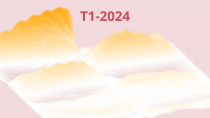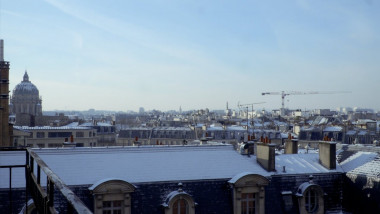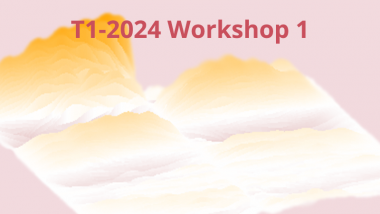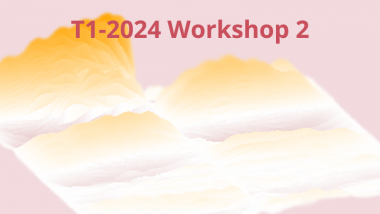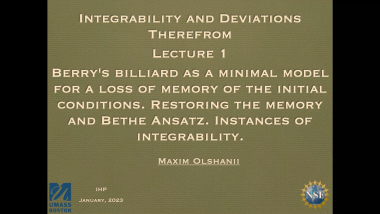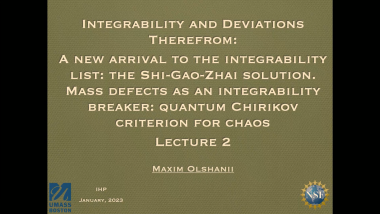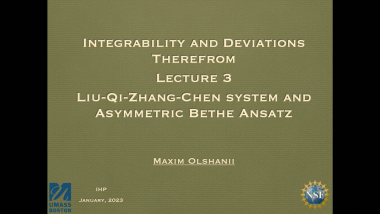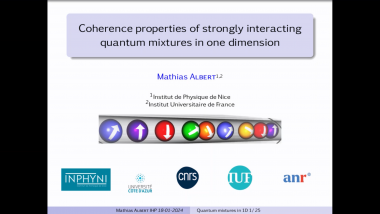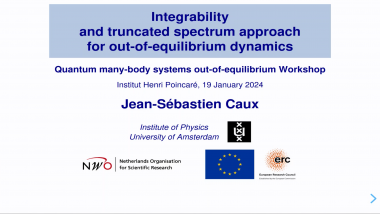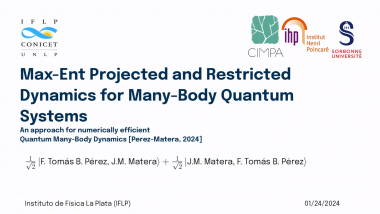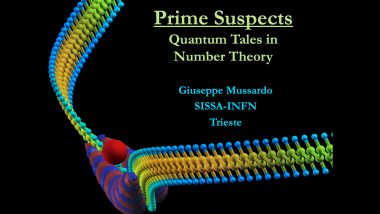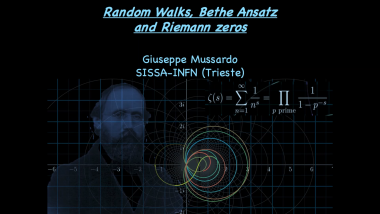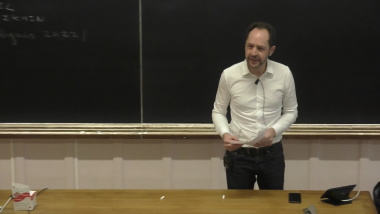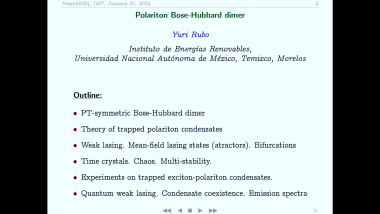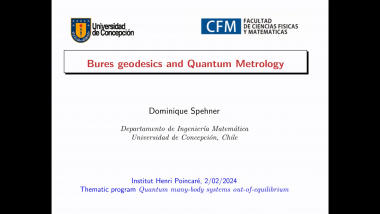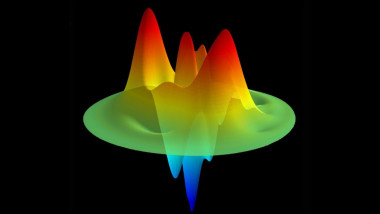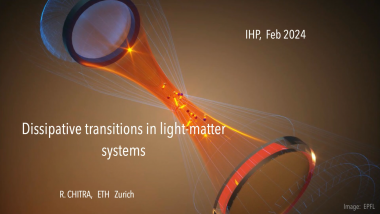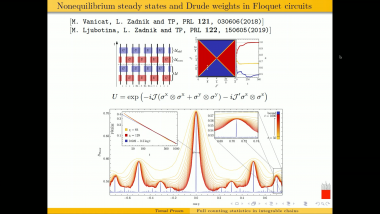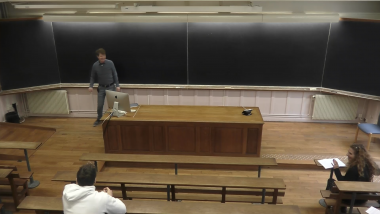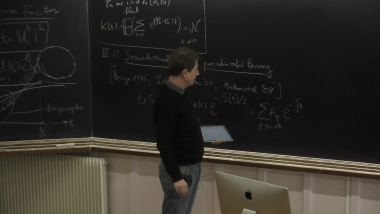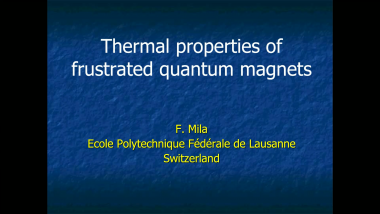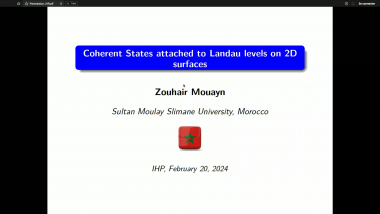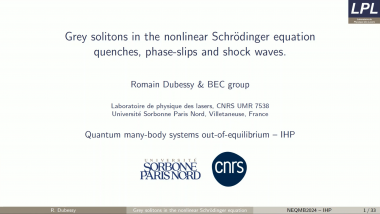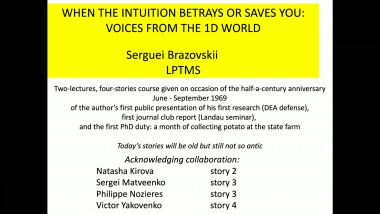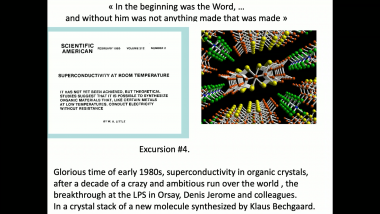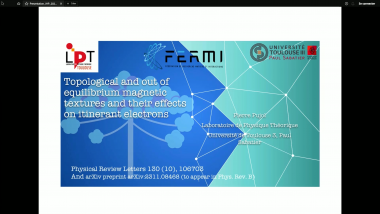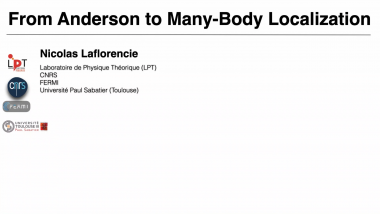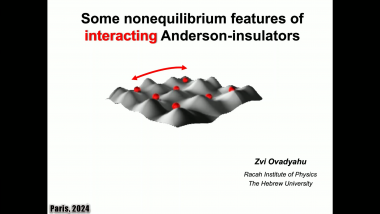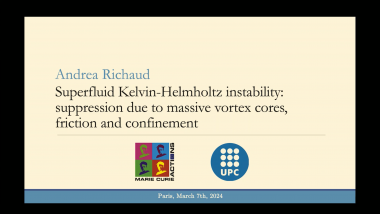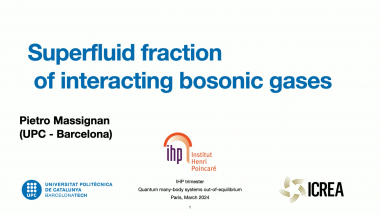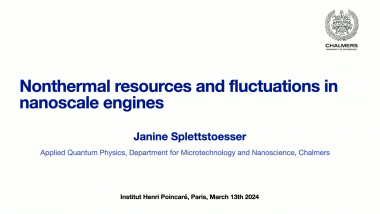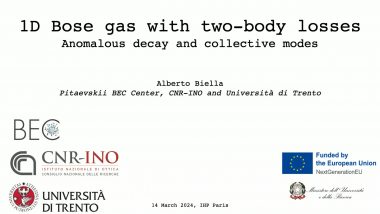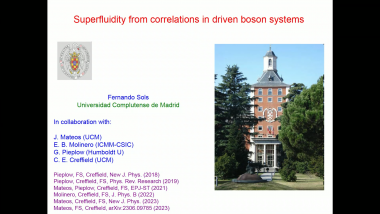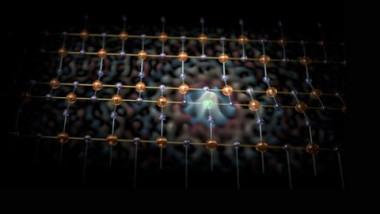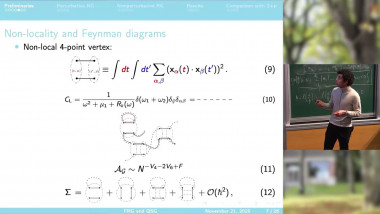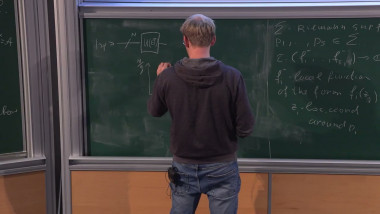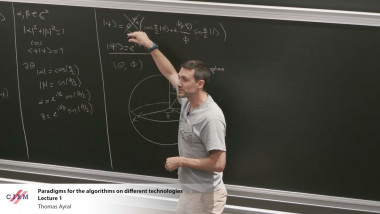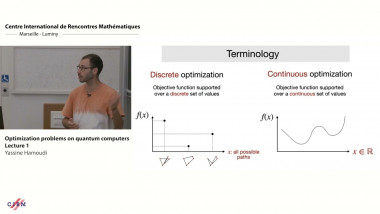Thermal properties of frustrated quantum magnets
The thermal properties of frustrated quantum magnets are a real challenge because, when formulated in the natural configuration basis, Quantum Monte Carlo simulations suffer from a very serious minus sign problem that excludes simulations below temperatures of the order of the coupling constants. In this talk, I will review recent numerical progress made on two fronts:
(i) Quantum Monte Carlo simulations in the dimer basis [1]. In this basis, there is no minus sign problem for fully frustrated models, and simulations can be performed down to arbitrarily low temperature. With these simulations, we have identified the presence of a thermal critical point terminating a line of first-order transitions in the fully frustrated bilayer model [1].
(ii) Tensor network simulations [2,3]. Using ancilla spins and a partial trace, the thermal ensemble can be accurately obtained by imaginary time evolution of a purified state, leading to reliable results down to temperatures only a few percents of the coupling constants regardless of the level of frustration. Using this approach, we have been able to show that the peak of the specific heat around 2 GPa and 4 K in SrCu2(BO3)2 is a thermal critical point akin to that of the fully frustrated bilayer [2], and to numerically verify the long-standing prediction that the spin-1/2 J1-J2 model on the square lattice has a thermal Ising transition for large enough J2/J1 [3].











